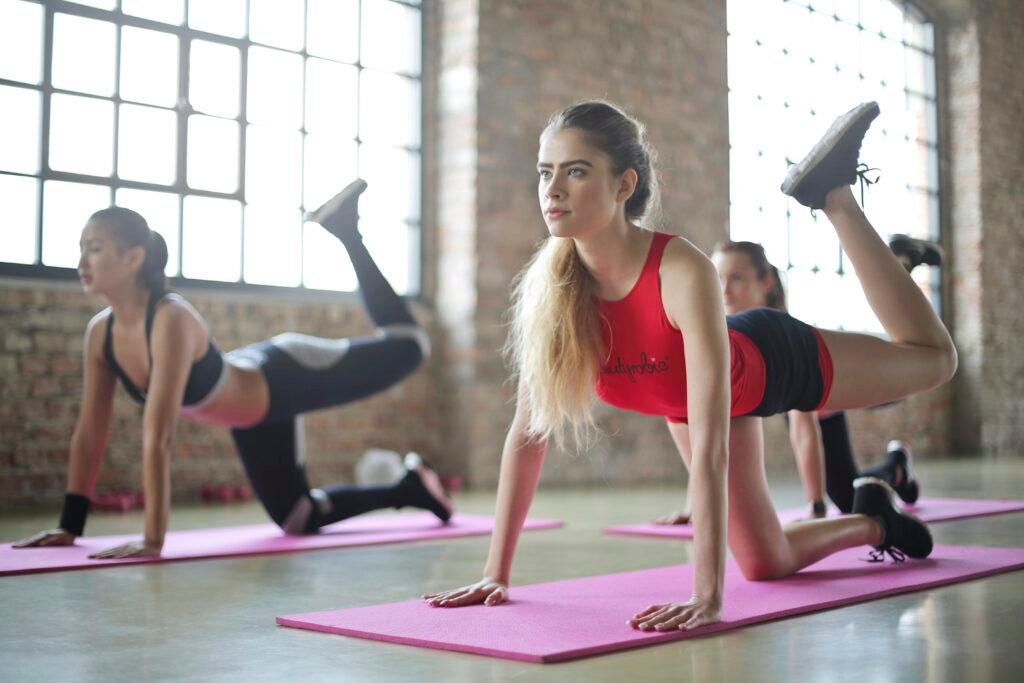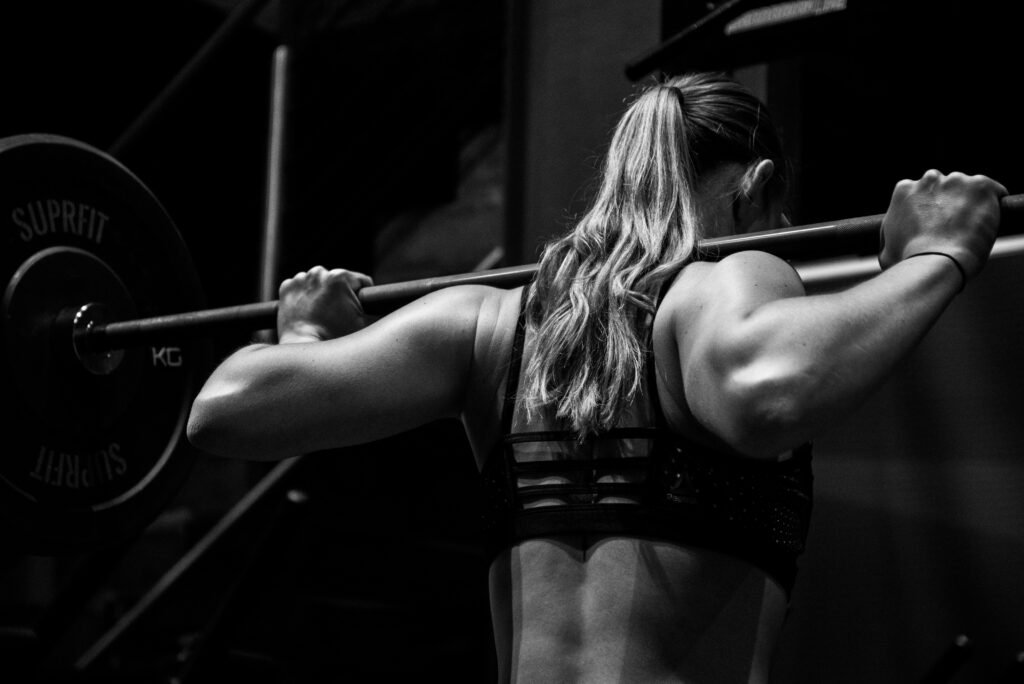How To Build Muscle Without Weights
Are you looking to increase your muscle mass but don’t have access to a gym or any weights? Don’t worry, you can still achieve your fitness goals without relying on traditional weights. In this article, we will explore different methods and techniques to help you build muscle without weights. Let’s get started!

Bodyweight Exercises
Bodyweight exercises are an effective way to build muscle without using any equipment. These exercises use your body’s weight as resistance, helping you strengthen and tone your muscles. Popular bodyweight exercises include push-ups, squats, lunges, planks, and burpees. Incorporating these exercises into your workout routine can help you build muscle effectively.
Benefits of Bodyweight Exercises
Bodyweight exercises have numerous benefits, including improving muscle strength, endurance, flexibility, and balance. These exercises can be done anywhere, anytime, making them convenient for individuals with a busy schedule. Additionally, bodyweight exercises require minimal space and are budget-friendly, as you don’t need any equipment to perform them.
Sample Bodyweight Workout Routine
Here is a sample bodyweight workout routine that you can try:
| Exercise | Repetitions | Sets |
|---|---|---|
| Push-ups | 15 | 3 |
| Squats | 20 | 3 |
| Lunges | 10 each leg | 3 |
| Planks | 30 seconds | 3 |
| Burpees | 12 | 3 |
Perform each exercise back-to-back with minimal rest in between. Rest for 1-2 minutes after completing all exercises and repeat the circuit for a total of 3 sets.
Progressive Overload
Progressive overload is a key principle in building muscle, whether using weights or bodyweight exercises. To continue making progress and challenging your muscles, you need to gradually increase the intensity of your workouts. This can be achieved by adding more repetitions, sets, or reducing rest time between exercises.

Compound Movements
Incorporating compound movements into your bodyweight workout routine can help target multiple muscle groups simultaneously. Compound movements are exercises that engage two or more joints and work multiple muscles at once. Examples of compound movements include push-ups, squats, pull-ups, and planks. By including compound movements in your routine, you can maximize muscle growth and strength.
Recovery and Rest
Rest and recovery are crucial aspects of building muscle effectively. When you perform any type of exercise, especially strength training, your muscles experience micro-tears that need time to repair and grow stronger. Make sure to incorporate rest days into your workout schedule to allow your muscles to recover. Adequate sleep, hydration, and nutrition are also essential for muscle recovery and growth.

Nutrition for Muscle Building
Nutrition plays a significant role in muscle building. To support muscle growth and recovery, it’s essential to consume an adequate amount of protein, which is the building block for muscle tissue. Incorporate lean protein sources such as chicken, turkey, fish, eggs, dairy, legumes, and tofu into your diet. Additionally, consume complex carbohydrates for energy and healthy fats for overall health.
Hydration
Staying hydrated is crucial for muscle function and overall performance during workouts. Water is essential for transporting nutrients to your muscles, regulating body temperature, and maintaining proper hydration levels. Make sure to drink an adequate amount of water throughout the day, especially before, during, and after your workouts to stay hydrated and support muscle growth.
Mind-Muscle Connection
The mind-muscle connection is a technique that involves focusing on the muscle you are working during an exercise. By concentrating on the targeted muscle and contracting it intentionally during each repetition, you can maximize muscle engagement and activation. This technique can help you achieve better results and improve muscle growth over time.
Calisthenics
Calisthenics is a form of bodyweight training that focuses on using your body’s weight for resistance training. This type of training includes exercises such as pull-ups, dips, muscle-ups, and handstands. Calisthenics can help improve overall strength, flexibility, and body control while building lean muscle mass. Incorporate calisthenics exercises into your routine for a challenging and effective workout.
Plyometrics
Plyometric exercises involve explosive movements that aim to increase power, speed, and strength. Examples of plyometric exercises include jump squats, box jumps, and plyometric push-ups. By incorporating plyometrics into your routine, you can improve muscle explosiveness, agility, and athletic performance. Start with a lower intensity and gradually increase the difficulty of plyometric exercises as you progress.
Yoga and Pilates
Yoga and Pilates are excellent forms of exercise that focus on body awareness, flexibility, and core strength. These practices involve controlled movements, breathing techniques, and mindfulness to improve posture, balance, and overall well-being. By incorporating yoga and Pilates into your workout routine, you can enhance muscle flexibility, stability, and recovery, which can support your muscle-building goals.
Track Your Progress
Tracking your progress is essential for staying motivated and monitoring your muscle-building journey. Keep a workout journal or use a fitness app to record your workouts, set goals, and track your strength and muscle gains over time. By measuring your progress and setting achievable targets, you can stay on track and make adjustments to your routine as needed.
Listen to Your Body
Listening to your body is crucial when it comes to building muscle without weights. Pay attention to how your body feels during and after workouts, and adjust the intensity and frequency of your exercises accordingly. If you experience pain, fatigue, or excessive soreness, take a rest day or modify your workout to prevent injury and promote recovery. Remember that consistency and patience are key to achieving your muscle-building goals.
Consult with a Fitness Professional
If you’re new to working out or unsure about how to start building muscle without weights, consider consulting with a fitness professional or personal trainer. A qualified trainer can help you create a customized workout plan based on your fitness level, goals, and preferences. They can also provide guidance on proper form, technique, and progression to help you achieve optimal results safely and effectively.
Conclusion
Building muscle without weights is achievable with the right mindset, determination, and dedication. By incorporating bodyweight exercises, progressive overload, compound movements, proper nutrition, and recovery strategies into your routine, you can build strength, muscle mass, and overall fitness without the need for traditional weights or equipment. Remember to stay consistent, listen to your body, track your progress, and seek guidance from a fitness professional if needed. Keep pushing yourself, and you’ll reach your muscle-building goals in no time!